
Influence of Peanuts, Charlie Brown, and Snoopy in Street Pop Art and Graffiti Artwork
The Peanuts comic strip, with its iconic characters Charlie Brown and Snoopy, has significantly influenced various art forms, including street pop art and graffiti artwork. Created by Charles M. Schulz in 1950, Peanuts quickly became a cultural phenomenon, resonating with audiences through its relatable themes and distinctive art style. This resonance has extended far beyond the realm of traditional comic strips, infiltrating the world of street and pop art in a myriad of expressive and impactful ways. Street pop art and graffiti artwork are art forms known for their vibrant, often provocative, nature, and the way they utilize public spaces to communicate messages or emotions. The characters of Peanuts, particularly Charlie Brown and Snoopy, have become staple motifs in these art forms. Their simple yet expressive lines, created by Schulz, translate effectively into the bold and impactful style characteristic of street art. Artists have utilized these characters to evoke nostalgia, critique societal norms, or simply to bring a sense of whimsy and familiarity to urban landscapes. One of the key aspects of the Peanuts strip that translates well into street pop art and graffiti is its emotional depth. Charlie Brown's perpetual state of melancholy and his existential musings, combined with Snoopy's imaginative adventures, provide a rich tapestry for artists to explore themes of loneliness, joy, and the human condition. In urban art, these themes are often accentuated, making use of the characters to comment on the isolation or vibrancy of city life. The juxtaposition of these cartoon figures against the backdrop of gritty urban environments creates a compelling contrast that speaks to both the innocence of childhood and the complexities of adult life.
Global Reach of Peanuts in Street and Graffiti Art
Over the years, the use of Peanuts characters in street pop art and graffiti has evolved. Initially, these characters were often reproduced in a manner that closely mirrored Schulz's original drawings. However, as their presence in the street art scene has grown, artists have begun to innovatively reinterpret and deconstruct these figures. This evolution reflects the dynamic nature of street art, a field that constantly seeks to challenge norms and push boundaries. The adaptability of Charlie Brown, Snoopy, and the other Peanuts characters to this ever-changing landscape speaks to the universality and timelessness of Schulz's creation. The influence of Peanuts in street pop art and graffiti is not confined to any single geographic location. From the walls of New York City to the alleys of Tokyo, these characters have found their way into the global street art scene. This worldwide presence underscores the universal appeal of Schulz's characters and their ability to transcend cultural and linguistic barriers. In diverse urban environments, artists utilize the familiar figures of Charlie Brown and Snoopy to establish a common visual language that can engage a wide and varied audience. The impact of Peanuts, Charlie Brown, and Snoopy on street pop art and graffiti artwork is profound and multifaceted. These characters, born from a humble comic strip, have transcended their original medium to become significant icons in urban art. Their presence in street and pop art is a testament to their enduring appeal and the versatile nature of Schulz's artistic legacy. Through their ongoing portrayal in street pop art and graffiti, Charlie Brown, Snoopy, and their friends continue to engage, inspire, and resonate with new generations, cementing their place in the pantheon of influential cultural symbols.

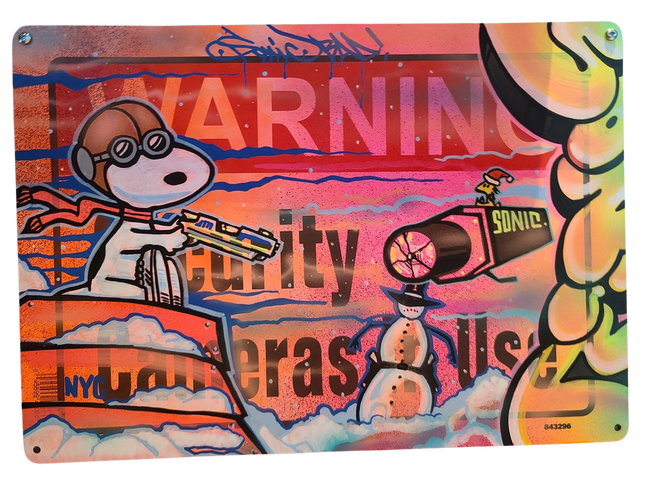
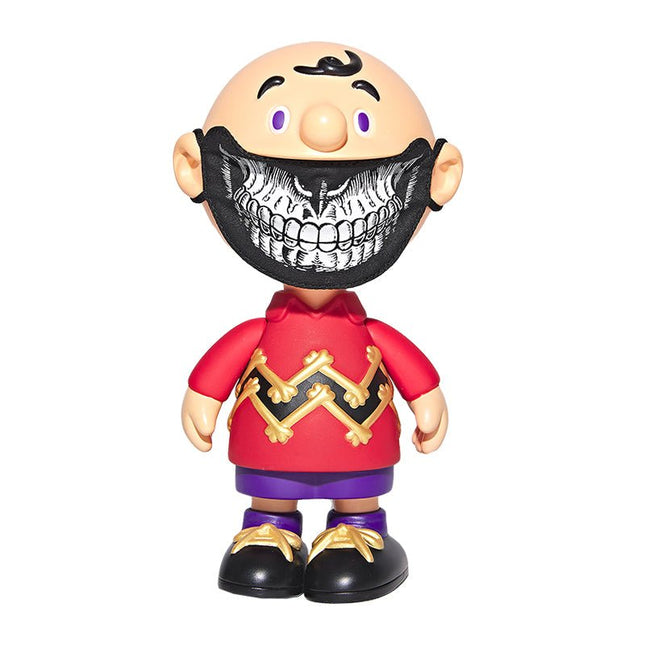
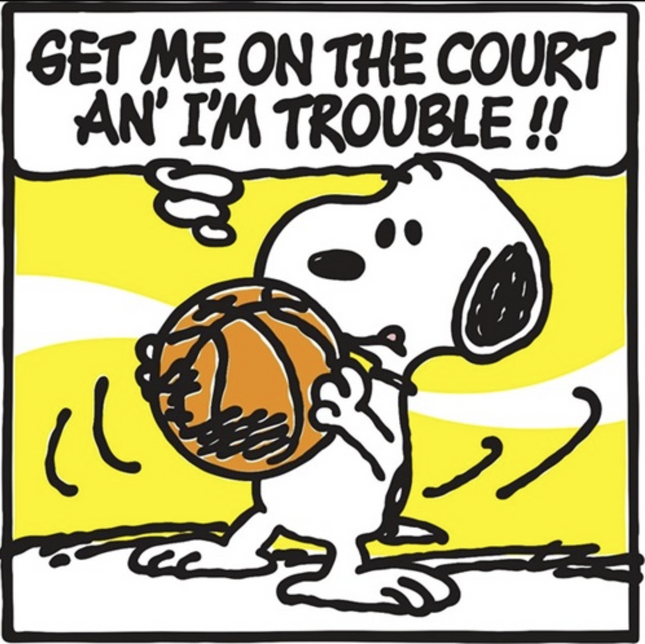
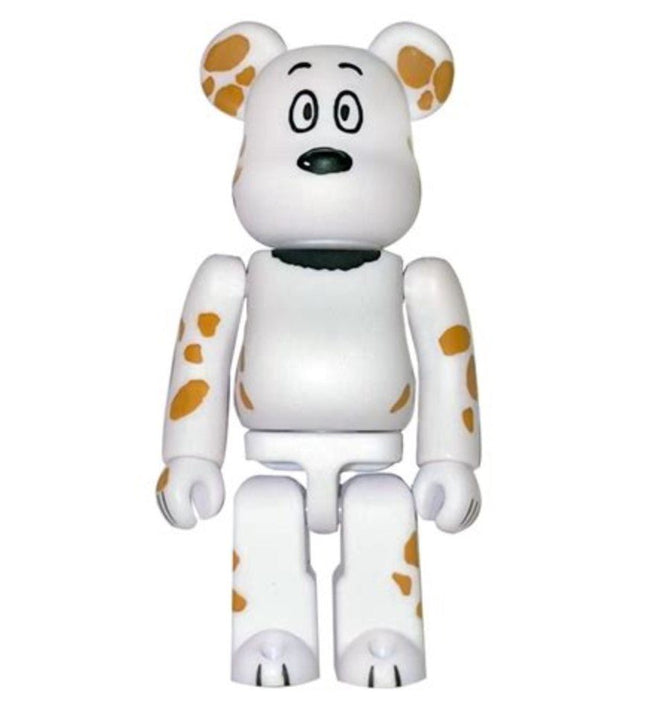
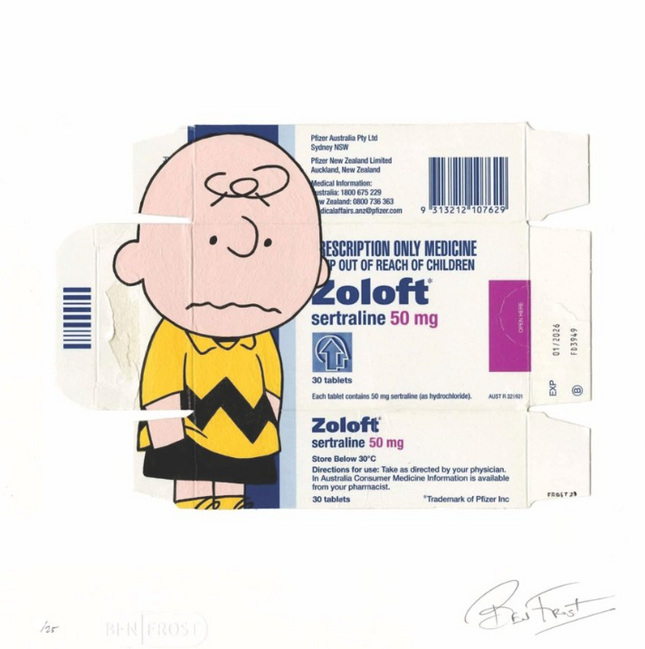
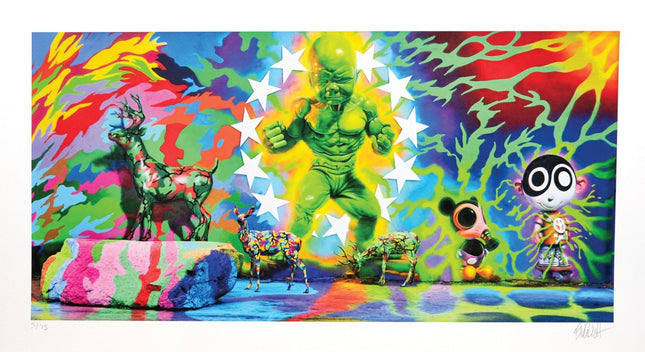
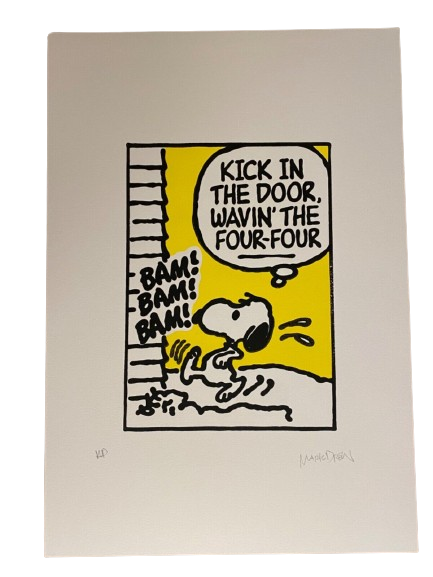
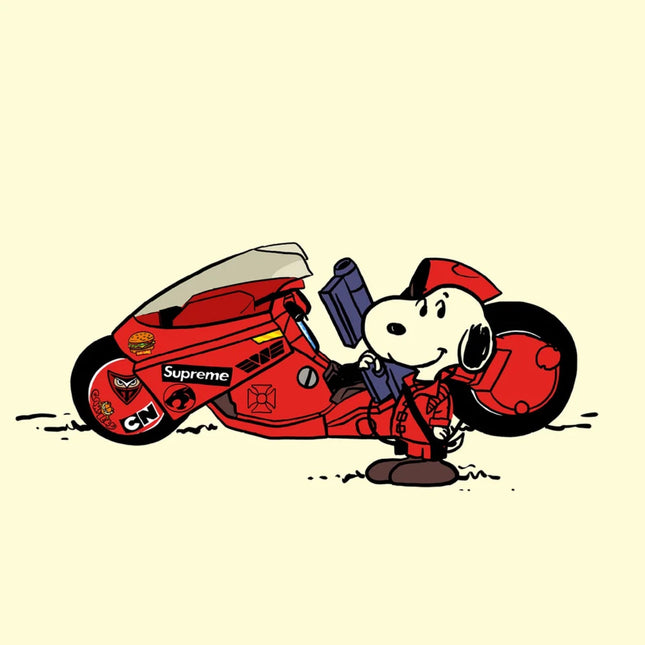
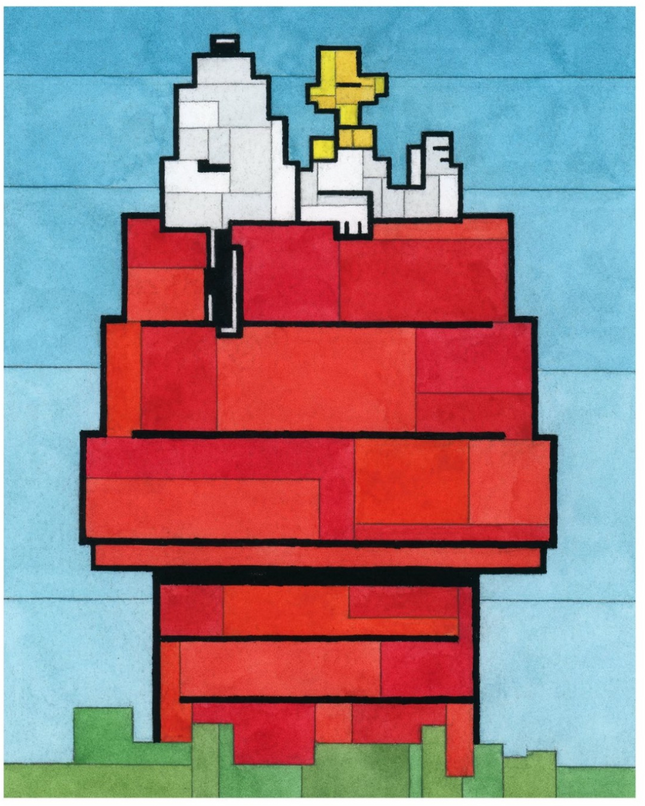
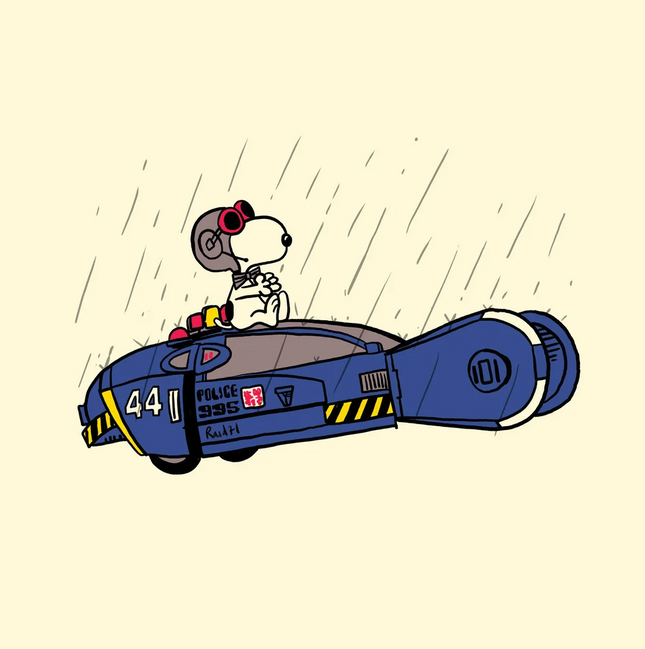

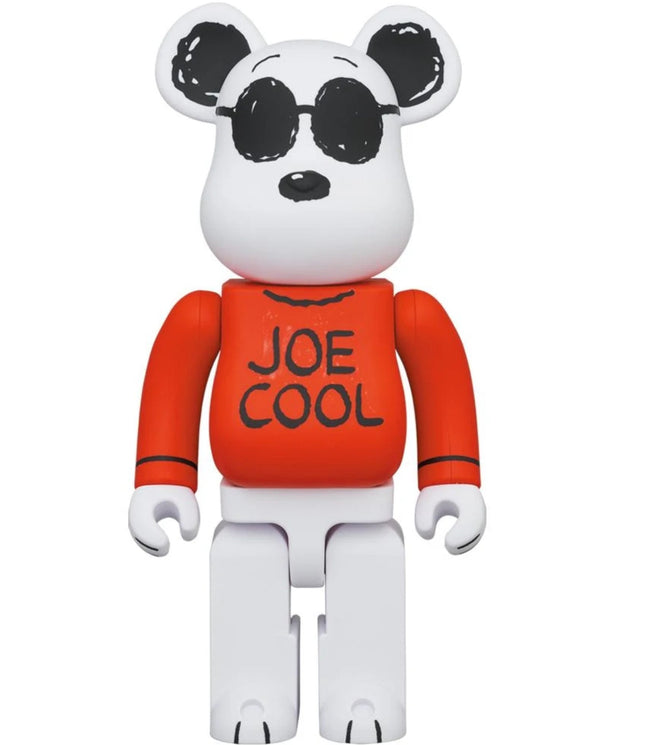
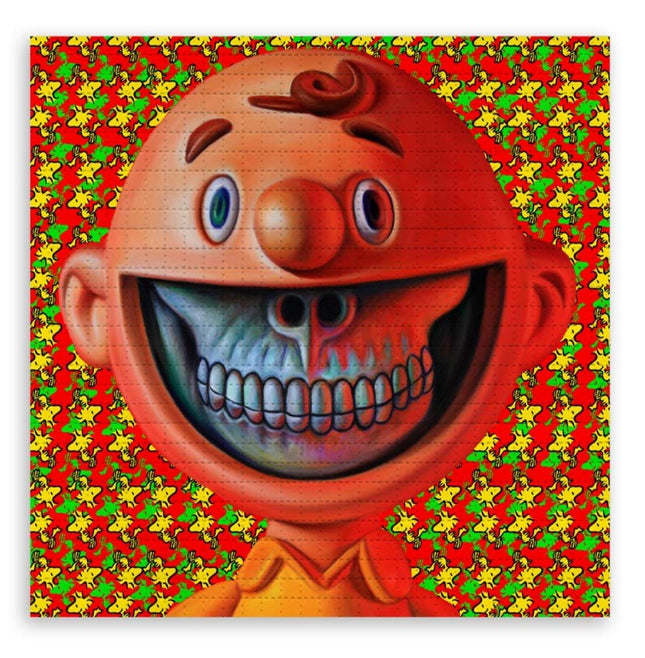
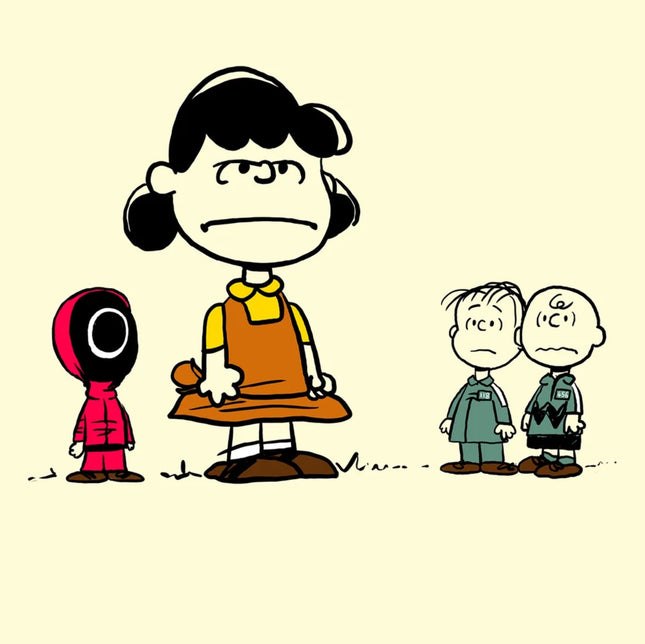
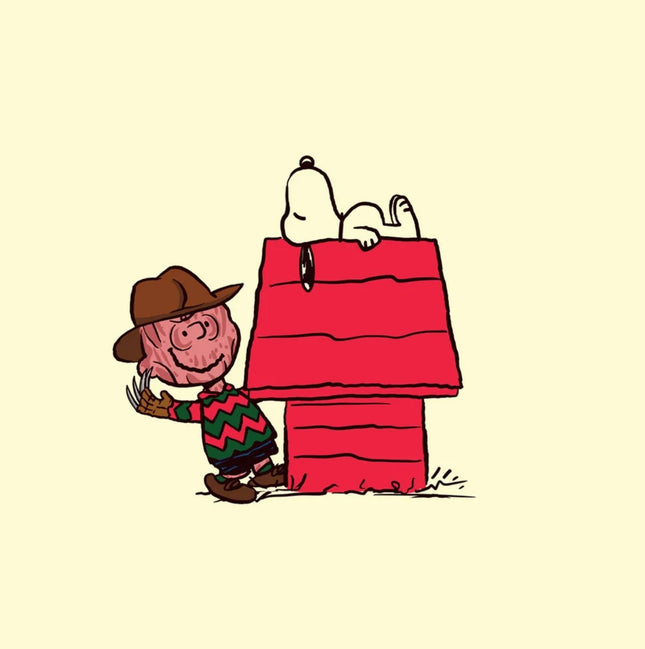
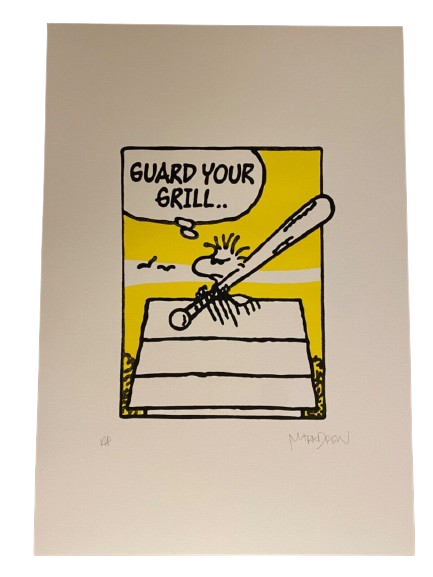
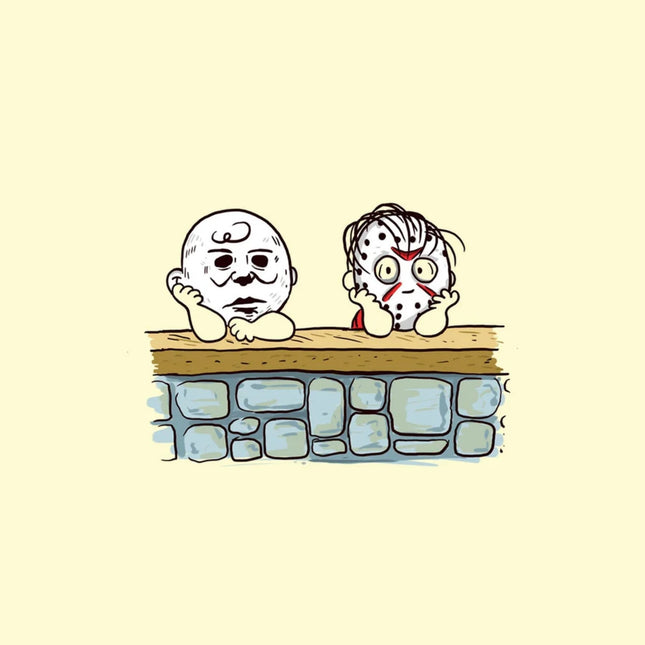
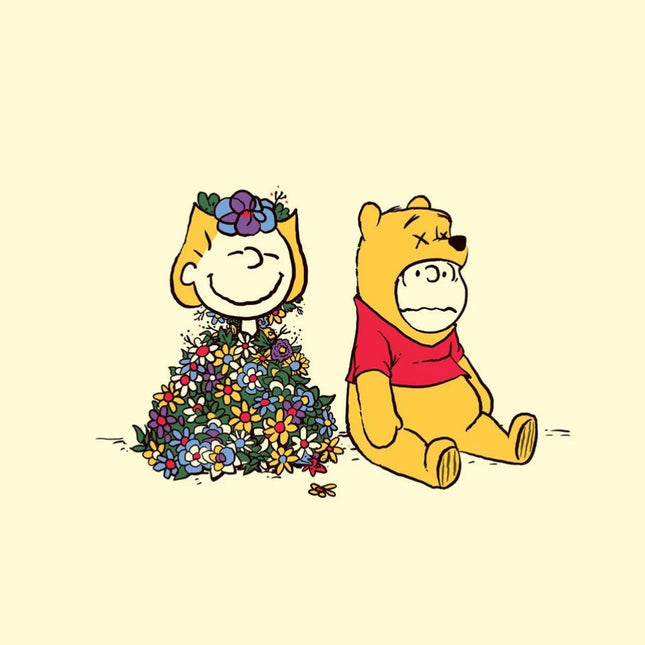
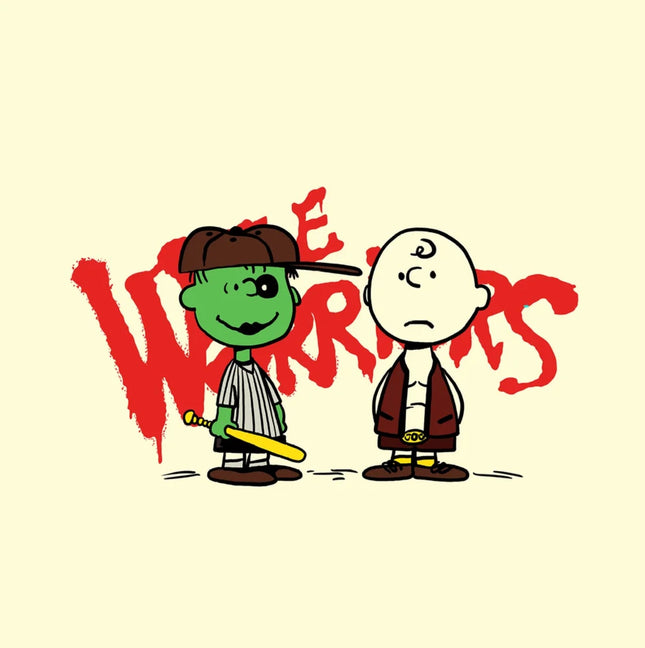

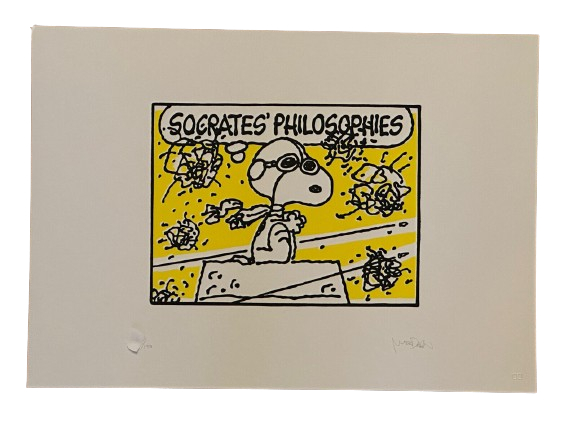
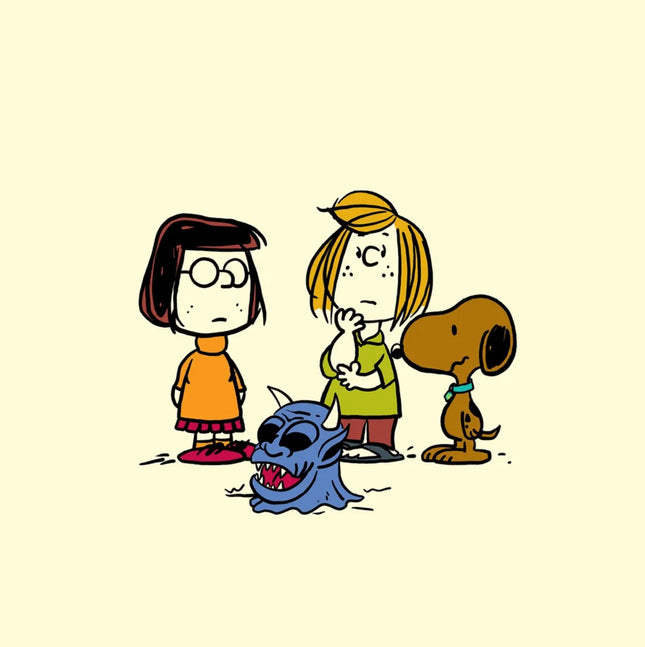
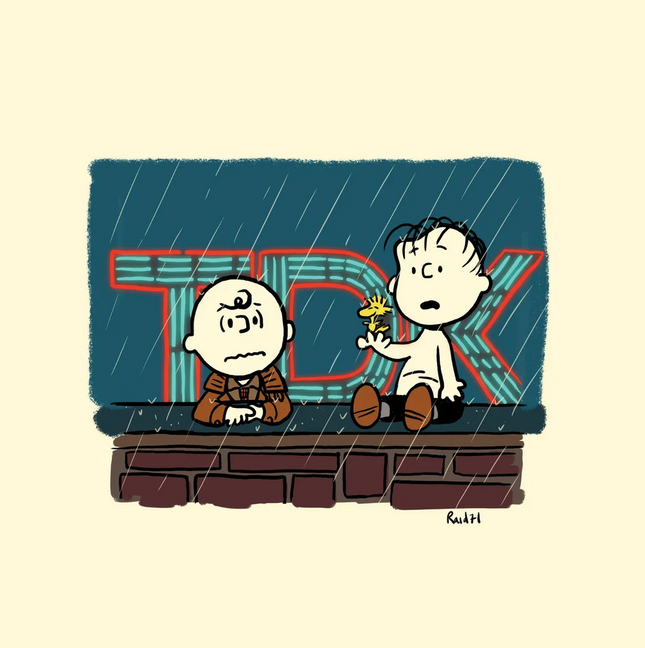
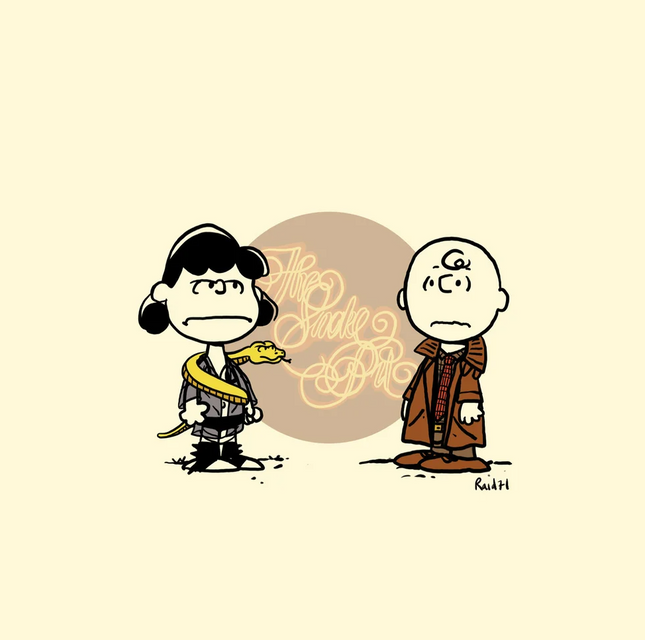
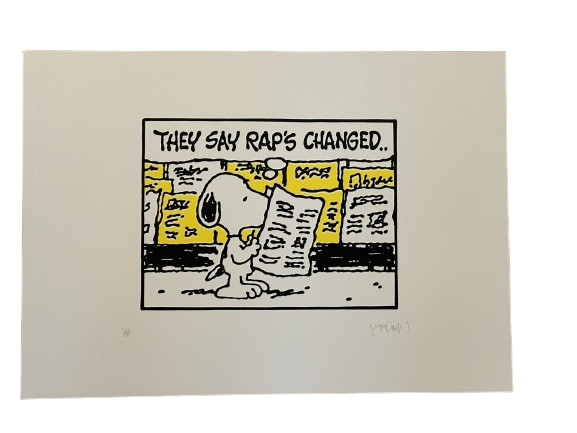

 العربية
العربية 简体中文
简体中文 Dansk
Dansk Nederlands
Nederlands Filipino
Filipino Suomi
Suomi Français
Français Deutsch
Deutsch Ελληνικά
Ελληνικά עִבְרִית
עִבְרִית हिन्दी
हिन्दी Íslenska
Íslenska Bahasa Indonesia
Bahasa Indonesia Italiano
Italiano 日本語
日本語 한국어
한국어 Latin
Latin Bahasa Melayu
Bahasa Melayu Norsk bokmål
Norsk bokmål فارسی
فارسی Português
Português Español
Español Svenska
Svenska ไทย
ไทย Türkçe
Türkçe Tiếng Việt
Tiếng Việt